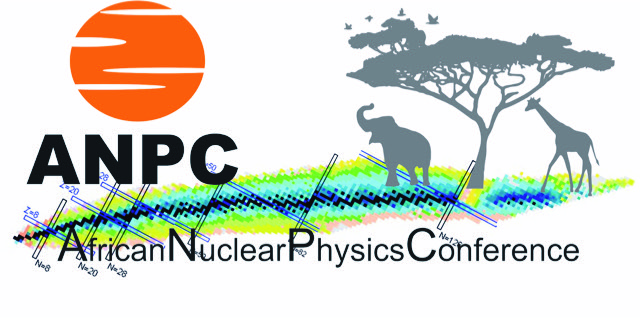Speaker
Description
Over the last decades nuclear spectroscopy has shown its capabilities to investigate the effective nucleon-nucleon interaction in nuclear matter. Technically, this has been possible thanks to the continuous improvement in germanium γ-arrays performances and in their associated instrumentation, that has allowed an enormous increase of the experimental sensitivity.
In this presentation, I would like to discuss the progress achieved in nuclear structure physics thanks to the newly constructed neutron-detector array NEDA [1], that was recently coupled with the state-of-the-art gamma-ray spectrometer AGATA at GANIL. In particular, I will address the octupole collectivity development when approaching the N=Z line in the Xe isotopes. This mass region is noteworthy since the Fermi surface for both protons and neutrons lies between the non spin-flip orbitals 2d$_{5/2}$ and the 1h$_{11/2}$, with $\Delta$L=$\Delta$J=3, where the octupole correlation is expected to be enhanced. In fact, the B(E3) transition probability measured in the neighbour isotope $^{114}$Xe is one of the highest reported experimentally [2].
In addition, I will discuss the possibility to use in the future neutron detectors, such as NEDA, to perform inverse kinematics transfer reactions, with radioactive ion beams, where the emitted particle is a neutron. I will concentrate in the $^{36}$Ca case, where the intruder 0$^+$ state in $^{36}$Ca is predicted at 2.7 MeV, i.e. 720 keV below its mirror nucleus $^{36}$S; this represents the largest Mirror Energy Difference (MED) in the whole Segr\'e Chart for bound states. This phenomenon has been dub Colossal Mirror Energy Difference (CMED) [3]. A two-proton transfer reaction, such as $^{3}$He($^{34}$Ar,n)$^{36}$Ca will give access to the intruder 0$^+$ to study its intruder nature.
[1] J.J. Valiente-Dobón, et al., NIM A 927, 81 (2019).
[2] G. de Angelis, et al., Phys. Lett. B 535, 93 (2002).
[3] J.J. Valiente-Dobón, A. Poves, A. Gadea, B. Fernandez-Dominquez, Phys. Rev. C 011302(R) (2018).

